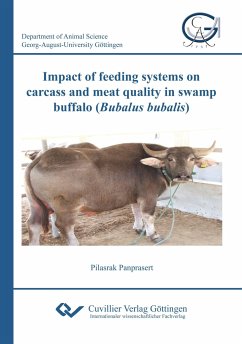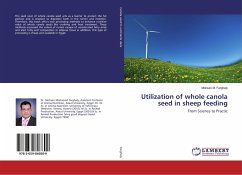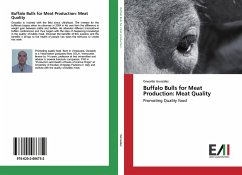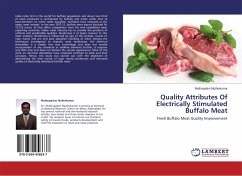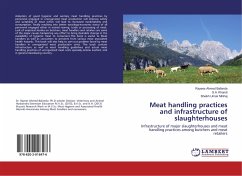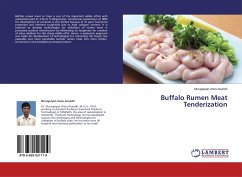In Thailand, beef for human consumption is mainly derived from native cattle and buffaloes. Previously, buffaloes were used as draught animals in rice fields. Nowadays, farmers no longer raise buffaloes for working but rather for meat production. The predominant breed in Thailand is the swamp buffalo which is raised extensively. The demand for high-quality meat has been increasing due to changes in the socio-economic pattern of the population, such as an increasing standard of living and education. The overall goals of this study were to compare carcass characteristics, meat quality and fatty acid profiles of swamp buffaloes fed diets with varying proportions of concentrate, roughage and pasture during the fattening period. In particular this study addresses the effect of concentrate supplementation in pasture-fed animals with the aim to establish recommendations for optimum ways of fattening Thai swamp buffalo.
Hinweis: Dieser Artikel kann nur an eine deutsche Lieferadresse ausgeliefert werden.
Hinweis: Dieser Artikel kann nur an eine deutsche Lieferadresse ausgeliefert werden.

